bicyclefluttering
Member
- Messages
- 1
- Location
- North London
Hello,
I’d like to get some advice on the best course of action to remediate active woodworm in the suspended timber floor above my cellar.
Situation:
Issues:
Questions:
Thank you!
Floor plan with annotations
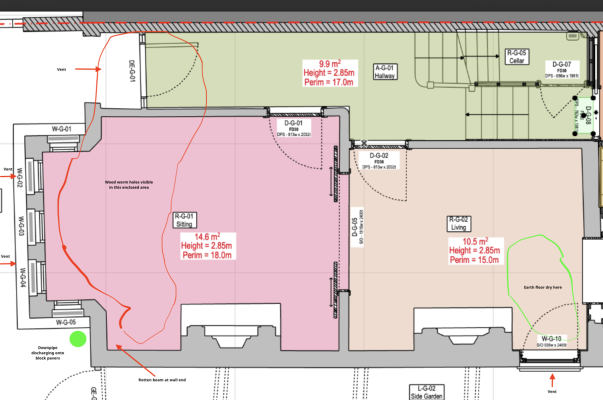
Cellar General condition
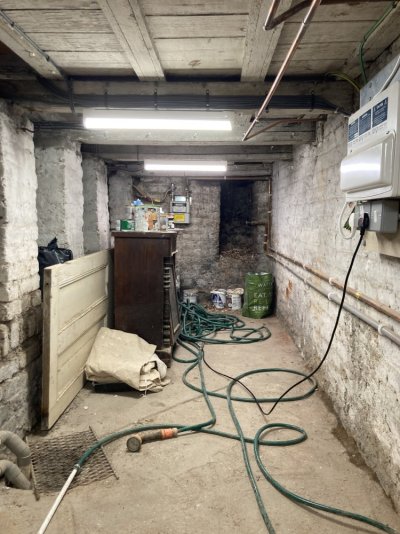
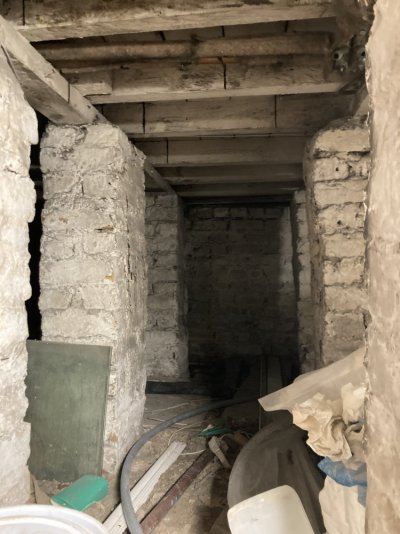
Woodworm
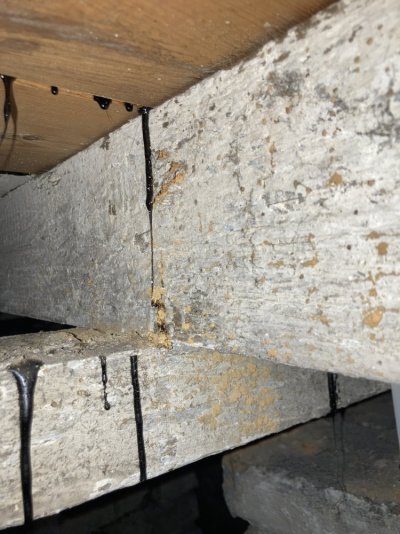
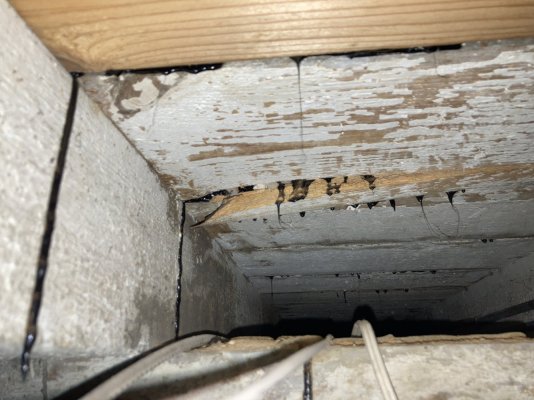
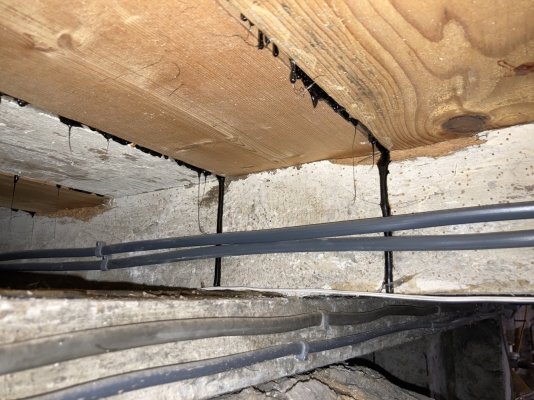
Rotten beam
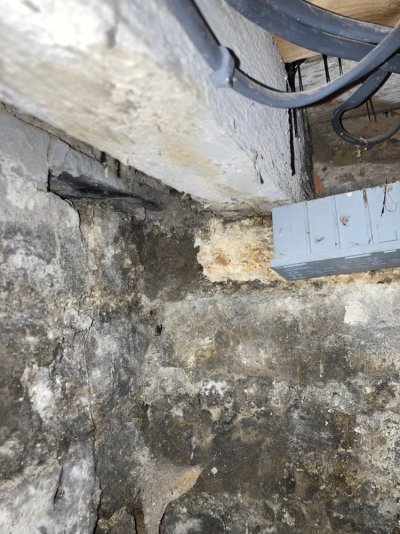
Floor Condition -> Damp
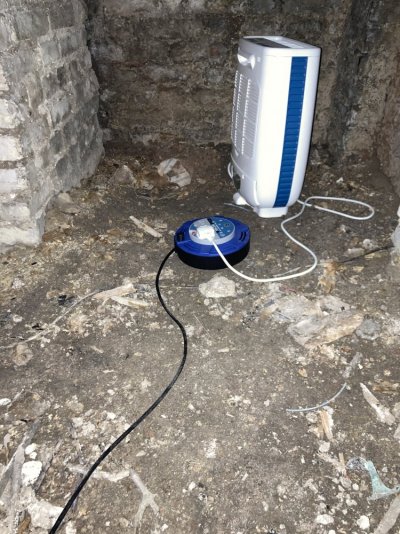
Floor Condition -> dry
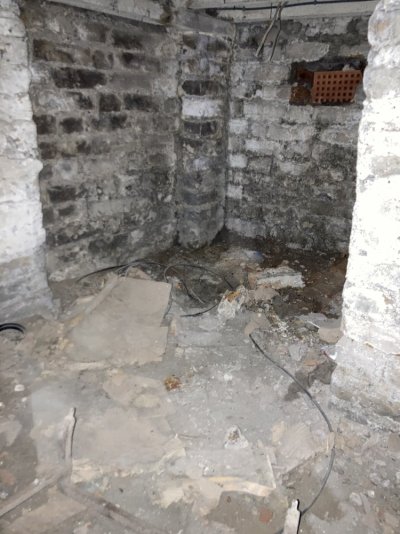
I’d like to get some advice on the best course of action to remediate active woodworm in the suspended timber floor above my cellar.
Situation:
- End of terrace 1900s house in North London
- Partially below ground cellar (35m2)
- Solid brick walls
- Original slate damp proof course visible
- Uninsulated timber suspended floor above
- Hallway has original tiling
- Living rooms have parquet floor
- 1.5m access height under hallway (10m2)
- 1m access height under living rooms (25m2)
- A previous owner has had the interior cellar walls tanked
- Solid brick walls
- Ventilation
- Vent under the front door
- 2 x small vents under the bay window
- 1 x vent in the side elevation
- No ventilation possible in the rear elevation -> modern extension
- External
- Cement based render plinth
- Block pavers
- Elevations
- At front elevation approx 0.4m of cellar height is above ground
- At side elevation, above ground cellar height increases from 0.4m to 0.75m over 7m
- Environmental
- RH 68% at 15.5degC (livable sections of the house 50% RH 19degC)
Issues:
- Woodworm exit holes present at the front of the cellar in joists and original floorboards
- Timbers were sprayed with insecticides in January
- Frass visible in April so we know it is an active infestation
- New floorboards that were installed at least >10yrs ago so no signs of exit holes
- One end of joist is rotten where it contacts the exterior wall
- Earth floor in the crawlspace under the living rooms is visibly damp
- Except by the vent in the side elevation
- A down pipe from the roof was discharging directly onto the block pavers in the front corner of the house (area of greatest concern)
- Connect downpipe direct to gully (done)
- Increase ventilation
- add additional air bricks to side elevation (min 1 per alcove)
- Increase size of air bricks under bay window
- Increase breathability
- Remove external cement render plinth and replace with lime mortar
Questions:
- Does the extent of woodworm look significant - should I be considering removing all the affected timbers (and all the disruption/cost that will entail)?
- I plan on living in the house for at least 10 years so would also take the opportunity to add insulation (likely following best practice solution here)
- Can the tanking on the internal cellar wall be removed to improve breathability?
- What is the best course of action for the rotten timber joist?
- Any other considerations or course of action I should be taking?
Thank you!
Floor plan with annotations

Cellar General condition


Woodworm



Rotten beam

Floor Condition -> Damp

Floor Condition -> dry

